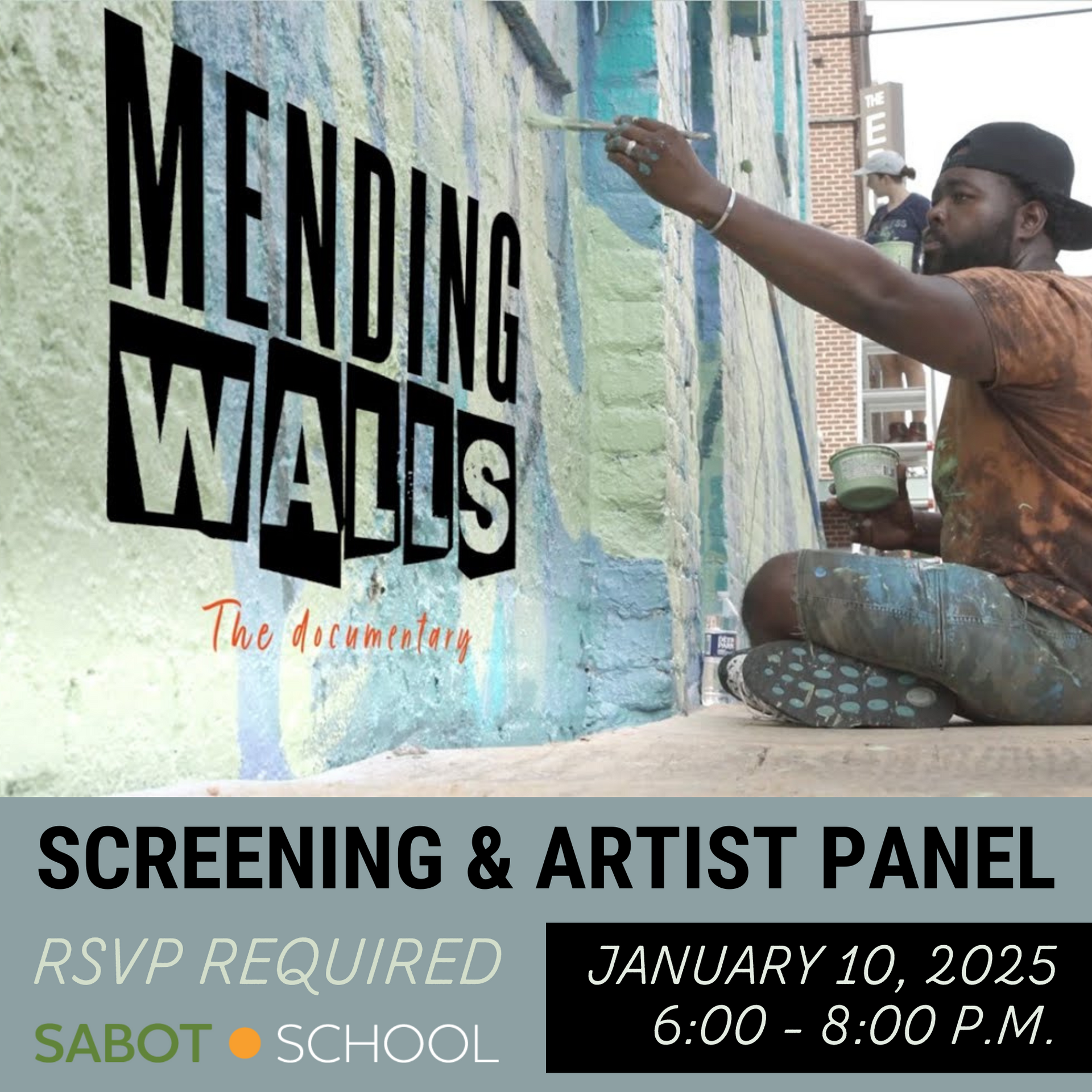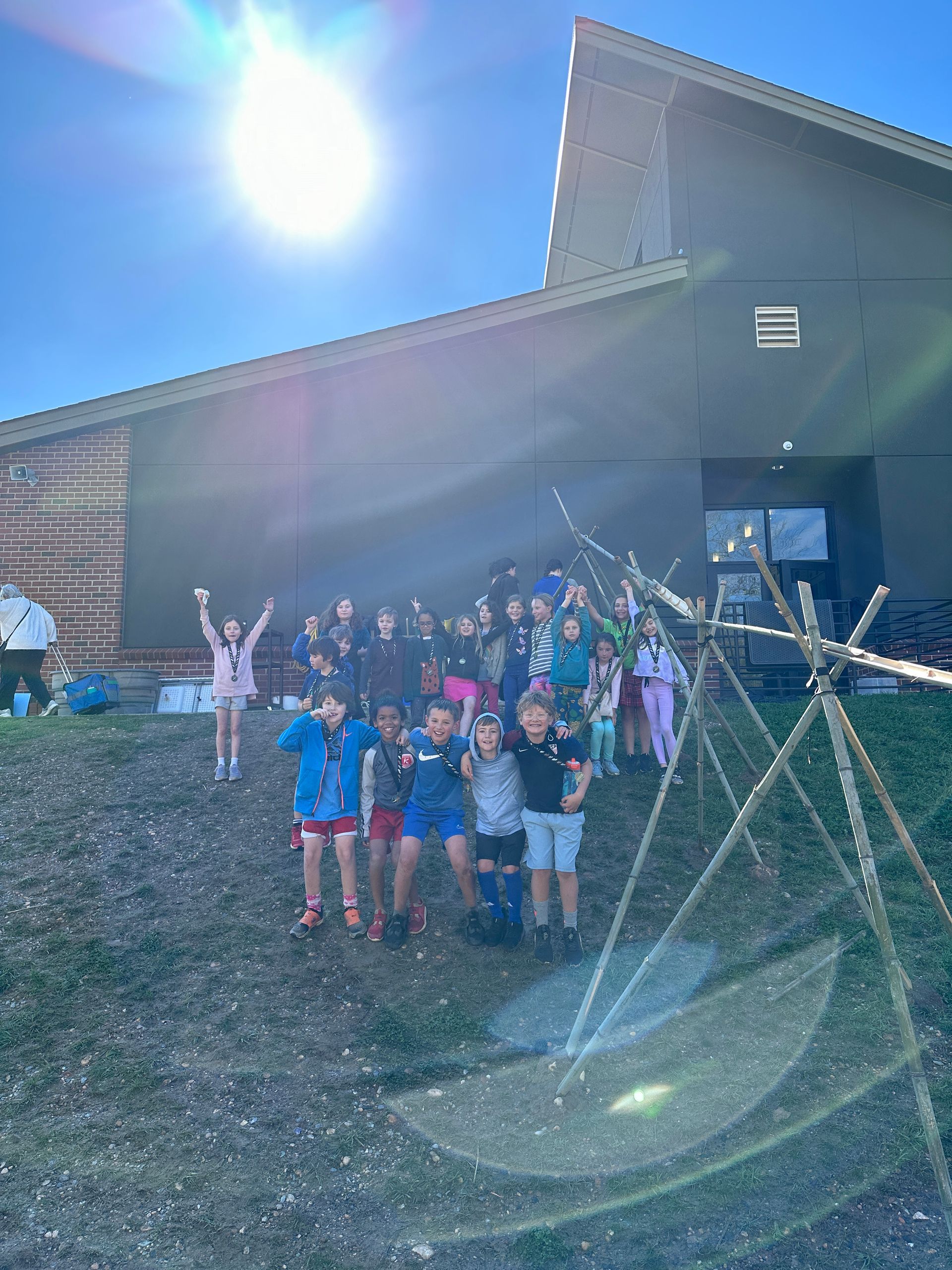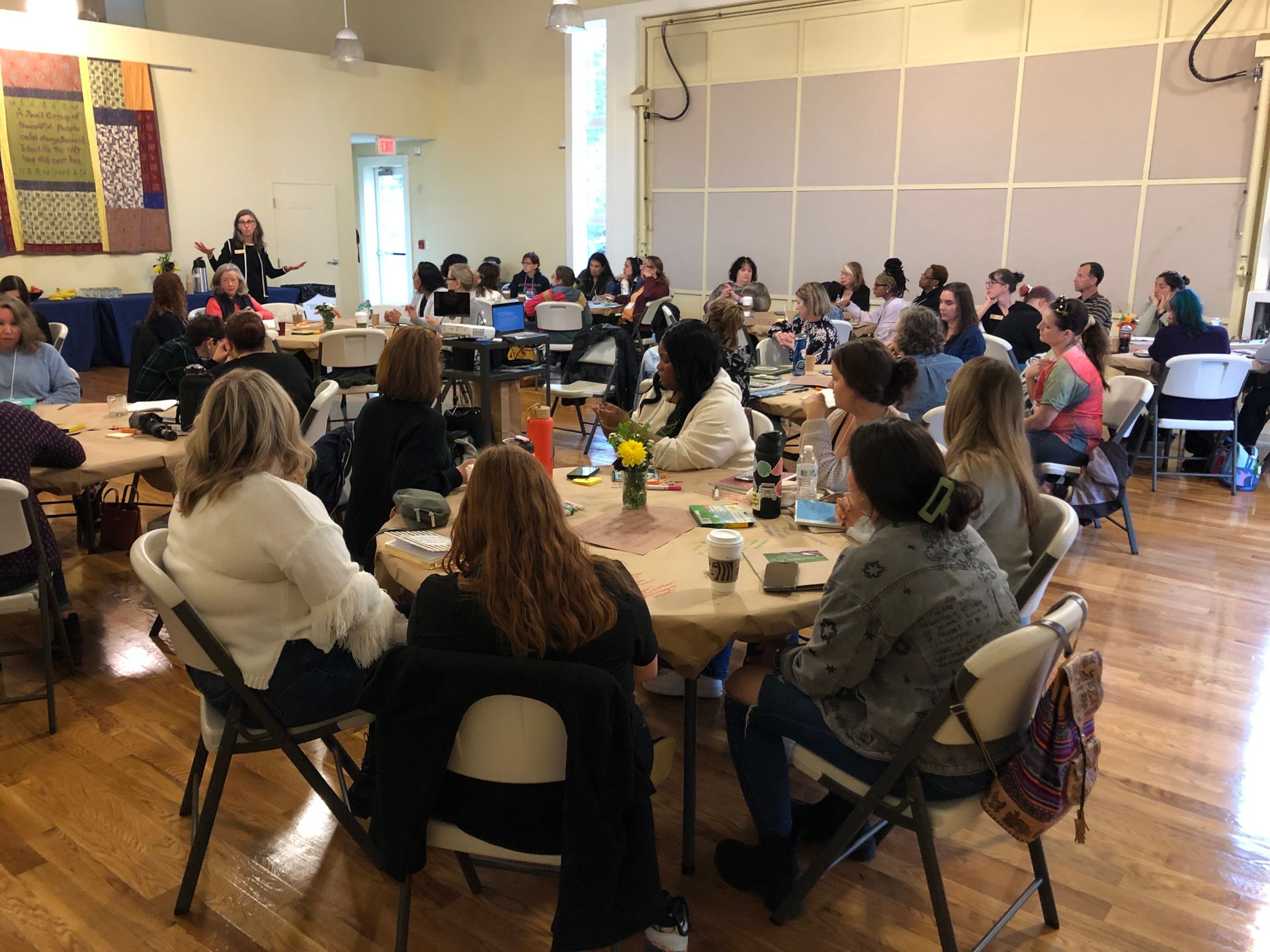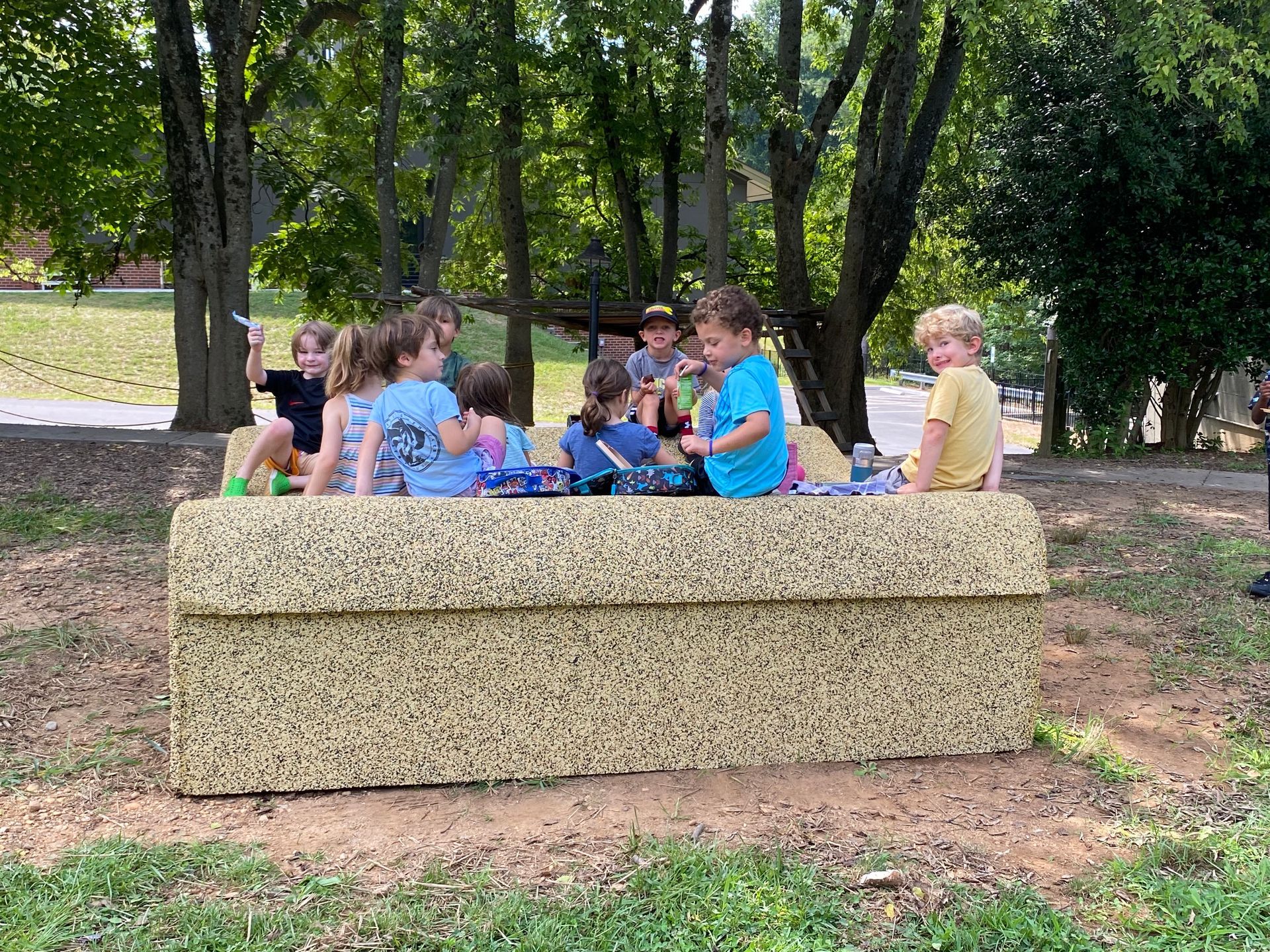COVID-19 Coping
By Ann Reavey, School Counselor

Photo: Jess Lucia
With the COVID-19 pandemic, we are facing unprecedented times. School closures and social distancing are keeping us at home and isolated from friends and extended family. As I’m sure you’ve discovered by now, this can present some obstacles, and if we take care of one another, opportunities as well. Below, you’ll find some ideas for creating success in homebound learning and living. This is a lot of information but my guess is that you are already practicing much of it!
Establish a rhythm of the day.
Whether your child is a preschooler or a middle schooler, establish a rhythm of the day. I use this phrase rather than “establish a schedule” intentionally. Some children (and adults) respond better to flexibility, others to a more rigid schedule. Think broadly about the rhythm of the day and how that will work for your family. Different days may have different rhythms.
Focus on regularity around sleeping and eating times. Creating a visual schedule of the rhythm of the day (learning time, snack time, playtime, reading time, lunchtime, etc.) is helpful for children of all ages and learning styles. Transitioning between activities can be hard for children; make sure you plan accordingly. Transition songs help with younger children and advance notice helps with all ages. Consistency and routine will support smooth transitions.
Limit media exposure for your child. And for you.
It’s super important for the adults in the family to have accurate data on the quickly changing landscape of the COVID-19 pandemic. However, set aside a time or two to get caught up with the news and then turn it off. Too much time focusing on things that are outside of our control is stressful.
If your child is older (middle school), some information may be helpful and may relieve stress. However, for most children (especially preschool and lower school), the tone and tenor of news shows can be extremely stressful and scary. Children need to feel that home is a protected, safe space, and media coverage of COVID-19 can increase a child’s feeling of a lack of control. Of course, this will depend on your child and their age, but make sure that you err on the side of being cautious.
Take time to talk with your child.
Check in with them about how they are feeling. Verbally expressing emotions is tough for younger children (preschool through second grade) so start by talking about how the body feels. “My stomach hurts.” “I feel like crying.” “I want to jump around.” “I want to punch a pillow.” These physical sensations can be clues to our emotions. You and your child can be Feelings Detectives!
Patty Wipfler’s organization, Hand in Hand Parenting , provides excellent resources for building powerful parent-child connections through deep listening .
A daily check-in at mealtime – formally or informally – can provide a time for support and problem-solving. Children will drop one to two developmental levels when under stress. Be prepared for some regression and lack of emotional regulation at some point during this time of social distancing.
Create space.
Determine what each person’s needs are: Will you be sharing a family desktop? Does your child need supervision or support for learning? Do you need space and quiet time for conference calls? Will there be added chores to negotiate and schedule? Are there off-limit areas?
Each student should have a workspace for connected learning. Where this is will depend greatly on who your child is as a learner. Do they need more supervision? Do they need quiet and privacy? You may want to install stronger parental controls during this time so that online learning time does not turn into binging YouTube.
Establish clear expectations.
If you absolutely need space and quiet for working from home, be clear about this with your children. Determine how each person can be successful in making this happen. Respect the rhythm of the day (see above) and try to refrain from scheduling an important video conference during noisy times (e.g. mealtimes, transition times, free play, etc.).
If you have a child who needs support with learning, be clear about when you will be available for this support.
Plan time for play.
Remember that time for screen-free imaginative play is essential stress relief for all ages. Combining this with outdoor time would be ideal. Take some time to play family board games and card games. Draw together. Have your child teach you the mindful magic of sketching. For more ideas, visit
Atelierista Anna’s Instagram
.
Create space and time for online connections with friends. We will all need to find ways to be with each other virtually for the safety of our family, friends, and neighbors.
Plan time for exercise.
Renee Kunnen, phys. ed. teacher, has this one covered! Check out
Renee’s YouTube videos on exercises for the whole family
. Get outside as much as possible and move your body!
Avoid excessive screen time.
It’s understandable to use movies, TV, and video games as independent activities for your child, but use these intentionally. I usually recommend treating these activities as family time for children. Take this opportunity to learn how to play your middle schooler’s favorite video game, try your hand at Minecraft, or watch your child’s favorite YouTube star.
Find a moment.
Don’t forget to take just one moment to be present, to be mindful, to be grounded.
Martin Boroson’s How to Meditate in a Moment
is a short, fun video for the whole family.
Phew! This is a ton of information! Take your time to digest this. As the Sabot teachers always say, “I know this is hard, and I know you can do it.”
The post COVID-19 Coping appeared first on Sabot at Stony Point.
SHARE THIS POST

















